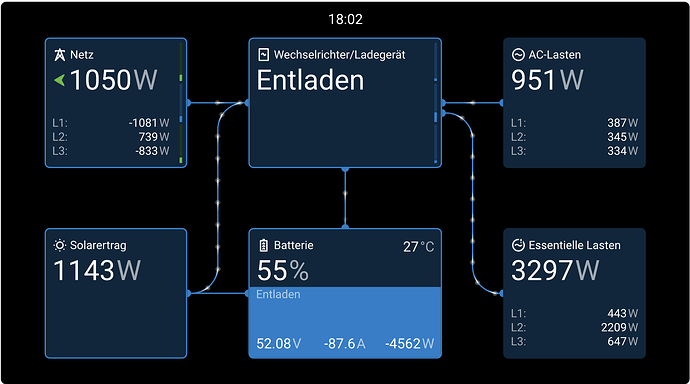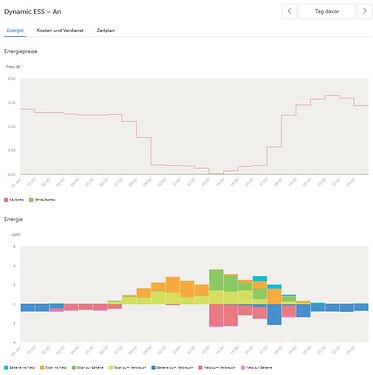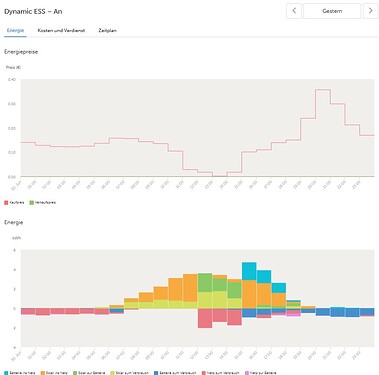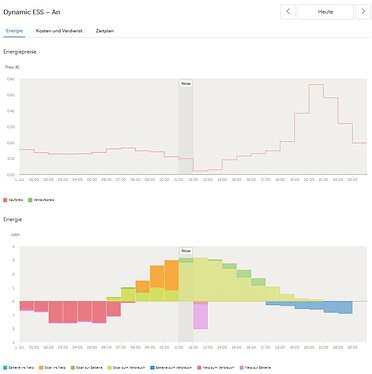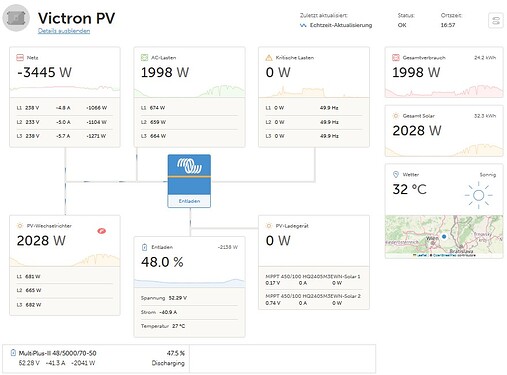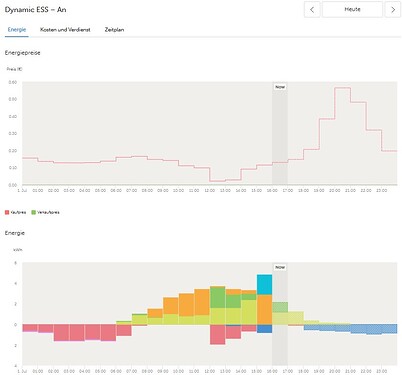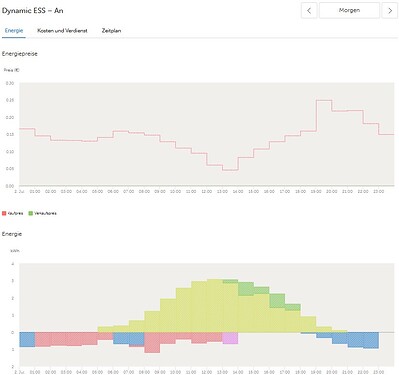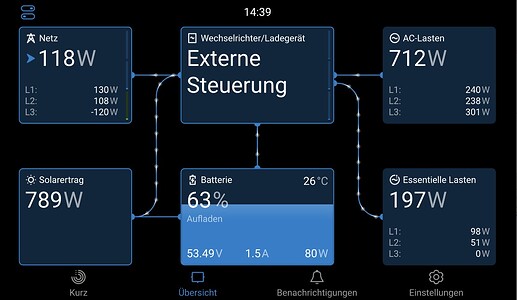Why on earth is victron not able to remove the most obvious strange misbehaviour out of DESS that is annoying for many month now???
Besides some improvements over the recent months, there are obvious errors in the DESS code that prevent it from properly working, making it still pretty useless.
*) frequently the system buys very expensive power from the grid and stops drawing from the battery, especially on higher consumption like charging the car, sometimes even at peak prices, despite a pretty full battery. This misbehaviour even happens during the night in a scenario where the next day is expected to offer plenty of cheap or even free power from the grid and strong solar production is expected, and yet is suddenly stops using the battery and drawing from the grid at peak prices, and as this is not crazy enough it sells battery power later to the grid at a much lower price.
There is no scenario where this would make sense, this is an obvious error - PLEASE FIX THAT, THAT COSTS A LOT OF MONEY !!!
Only way to stop this stupid behaviour is to disable DESS, then the battery is used immediately for own consumption as it should be.
*) even if DESS behaves in an expected way following its prognosed schedule, sometimes for no noticeable reason the system stops for 5 to 10 minutes doing nothing, and continues after that with what it did before… this is nonsense and should not happen!
It seems the system does stick way too much to it’s calculated schedule, and completely mishandles changes in consumption like plugging in a car. Covering own consumption as much as possible by battery must have absolute priority instead of following some schedule to sell power to the grid.
*) On another system with pretty stable consumption curve over many weeks, and a power pricing that offers cheap to free energy prices during noon almost every day, the system charges the batteries only half for no good reason, that leads to buying expensive power during the night at high prices,…WTF ??
Why did he stop charging batteries that are barely half full, which would cover all consumption during the night?
*) still no option to limit selling power to the grid, at least in green mode the system should only sell power to the grid if prices are very high and it is pretty sure that the SOC is high enough to cover the night.

